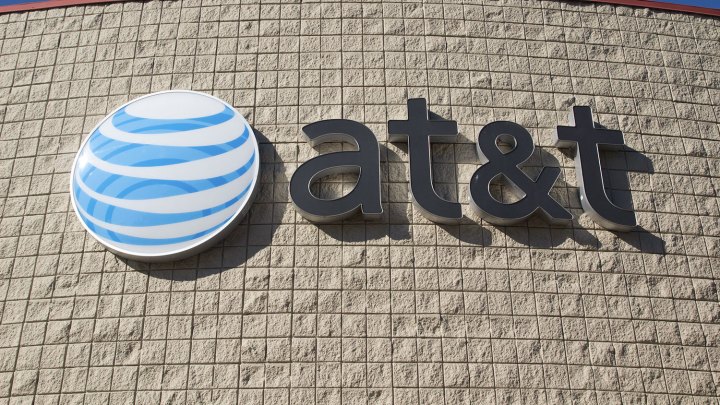
At a “5G Evolution” event in San Francisco on Wednesday, the AT&T announced that it would begin laying the infrastructural groundwork for high-speed wireless networks in Austin, Texas, and Indianapolis. The prototypical deployments are expected to reach a top speed of 400Mbps, or about 40 times faster than a standard cellular data connection. And later this year, the carrier expects they’ll reach theoretical peaks of up to 1Gbps.
One city — Austin, Texas — is getting special treatment. It will house two “testbeds” for AT&T’s 5G technology that will feature dedicated
The work will inform what AT&T’s calling Network 3.0, or Indigo, a platform designed to replace network hardware elements with software. It says that data on the mobile network has increased about 250,000 percent since 2007 (thanks largely to video), and that software-controlled networks are well-suited to handle bandwidth of that volume.
AT&T’s specifically self-driving cars, internet of things, artificial intelligence, and cybersecurity — applications that it believes will play a crucial role in the development of next-generation cellular.
“We see Indigo as the third generation of modern networking,” chief strategy officer John Donovan said in a statement. “Indigo is our term for a world where it isn’t just your connection speeds that are accelerating, but every element of the network becomes more seamless, efficient and capable. It is a living, evolving, upgradable platform.”
News of the new networks follow AT&T’s Austin trials of fixed wireless 5G connections, DirecTV streaming, and enhanced broadband services for residential and small-to-medium business customers.
In early 2016, AT&T achieved speeds of 14Gbps over a wireless connection — fast enough to download a 15GB file in nine seconds. And in 2015, the carrier partnered with Intel to roll out point-to-point millimeter wave technology, which delivers high-speed internet via high-frequency radio waves.
The International Telecommunications Union has set the date for commercialization of 5G for 2020.
Editors' Recommendations
- Visible’s affordable 5G plans just got even cheaper
- Visible just made its unlimited 5G plan better than ever
- Have T-Mobile? Your 5G service is about to get much faster
- This tiny dongle will change 5G connectivity forever
- Were you affected by the AT&T outage? You may get some free money


